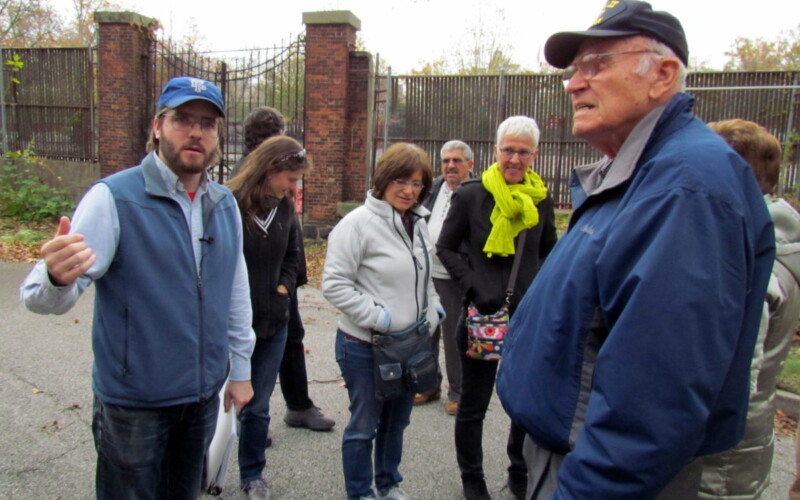We have experience hosting a range of audiences, from college classes to birthday parties to company outings, and we customize our tours to meet your group’s interests and needs.
Book a private tour today
On Thanksgiving, we’re looking back at an unsung hero of the holiday during World War II, a merchant ship called SS Great Republic.
Read more
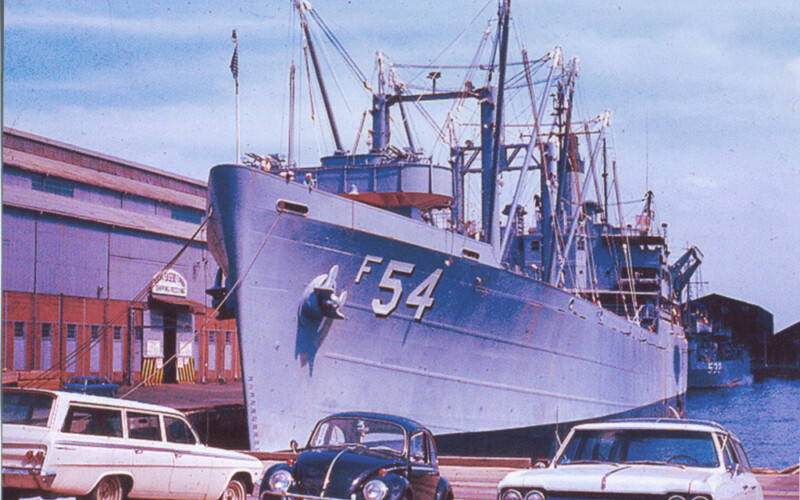
To mark the 230th birthday of the United States Coast Guard, we’re looking back at the history of the “always ready” service. Due to New York’s position as one of …
Read more
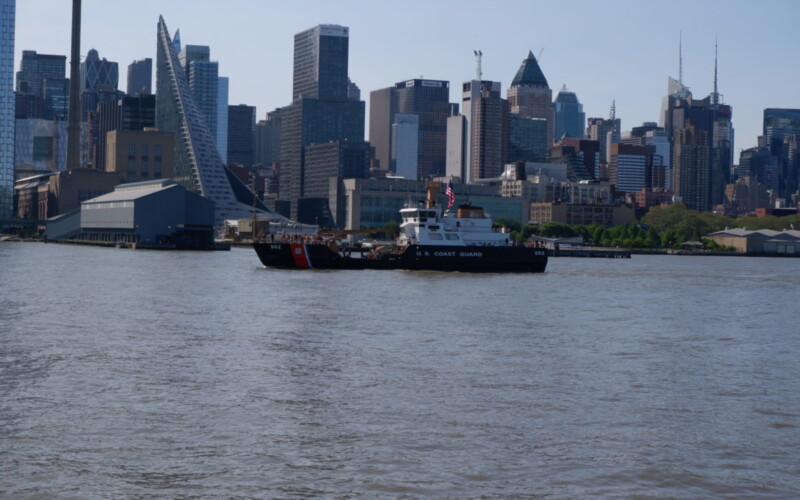
On January 15, 1942, ships of convoy AT-10 left the Brooklyn Army Terminal to make the journey across the Atlantic. Aboard the transports USS Chateau Thierry and HMTS Strathaird were …
Read more
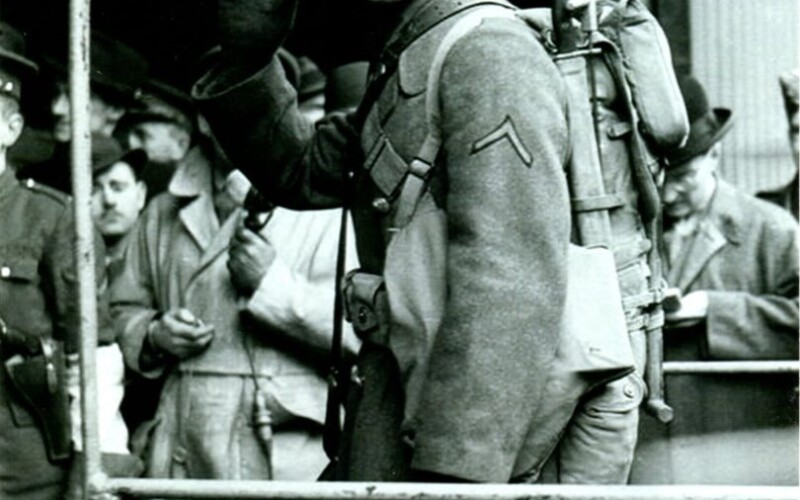
During World War II, nearly half a million Axis prisoners of war were held in the United States. The vast majority of these POWs were German, and a small number …
Read more
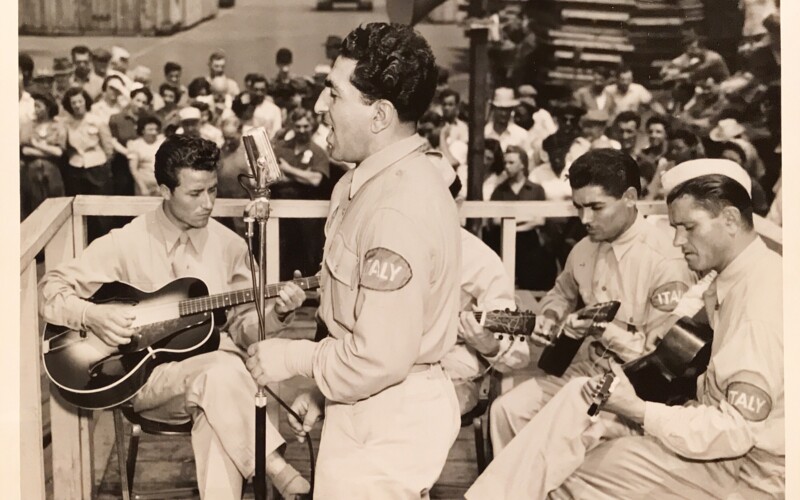
Operation Neptune, the seaborne component of the Normandy invasion, required nearly 6,500 vessels to deliver the vast Allied armies and their supplies and equipment onto the continental beaches. This didn’t …
Read more
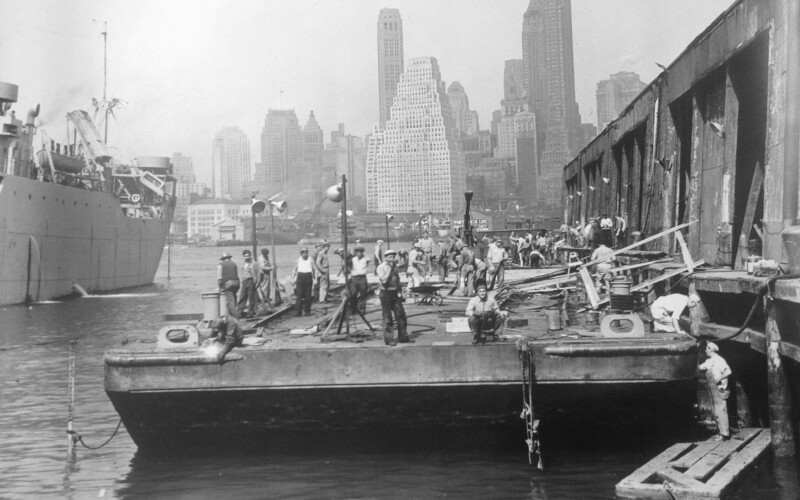
On June 9, 2018, Reinhard Hardegen, the last surviving German submarine commander of World War II, died at the age of 105. With his passing, he joins the ghosts of …
Read more
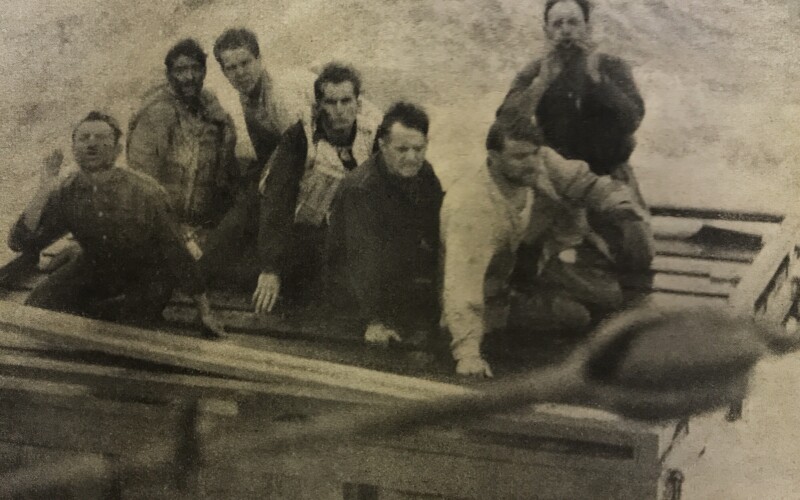
The Brooklyn Army Terminal was designed for war, a massive warehouse and port facility to receive, store, process, and ship war materiel to points around the globe. But the Terminal …
Read more
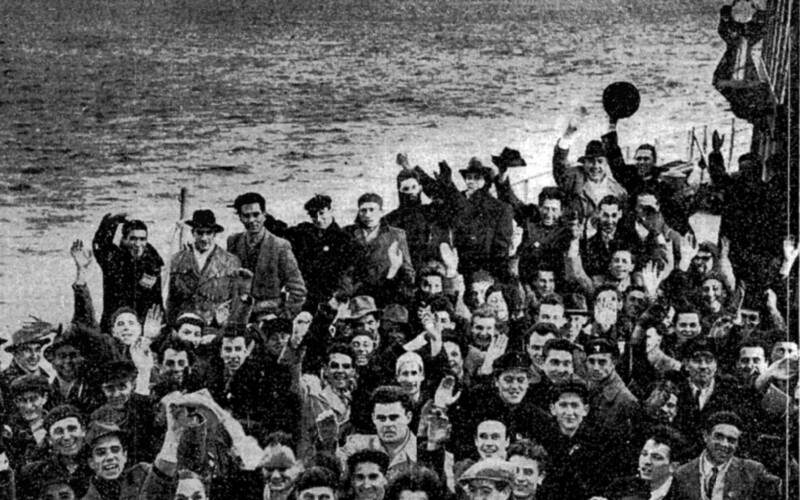
As I write this, the USS Slater, a World War II-era destroyer escort, is steaming its way (actually, being pushed by a tugboat) up the Hudson River back to its …
Read more
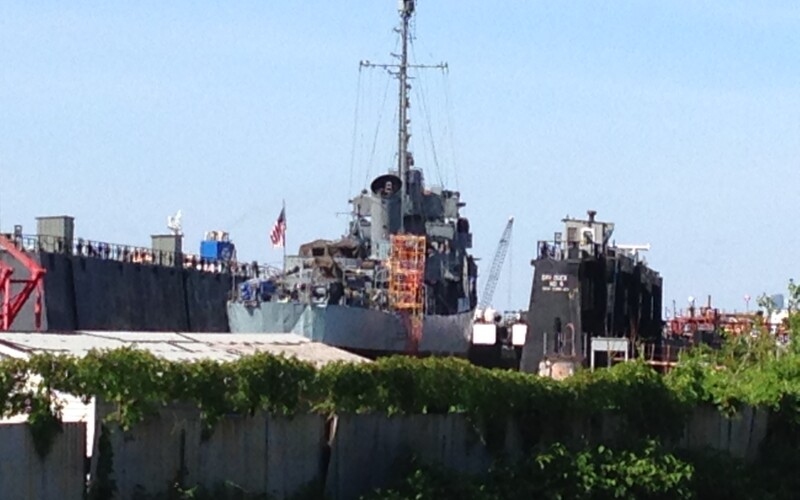
Around the world today, people are commemorating the anniversary of D-Day, the largest amphibious invasion in history. The landings finally cracked open “Fortress Europe” and marked the beginning of the …
Read more
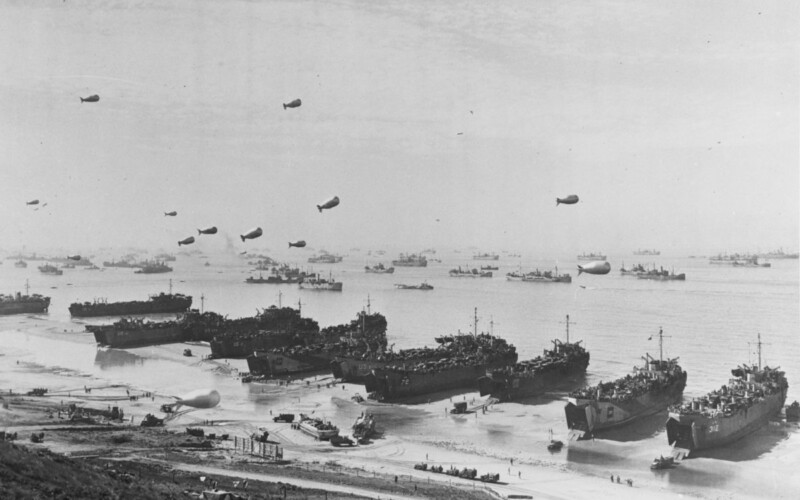
If you have not yet been to the Brooklyn Museum to see their stunning exhibition WAR/PHOTOGRAPHY, make no delay – the show closes on Sunday, February 2, when its three-city …
Read more
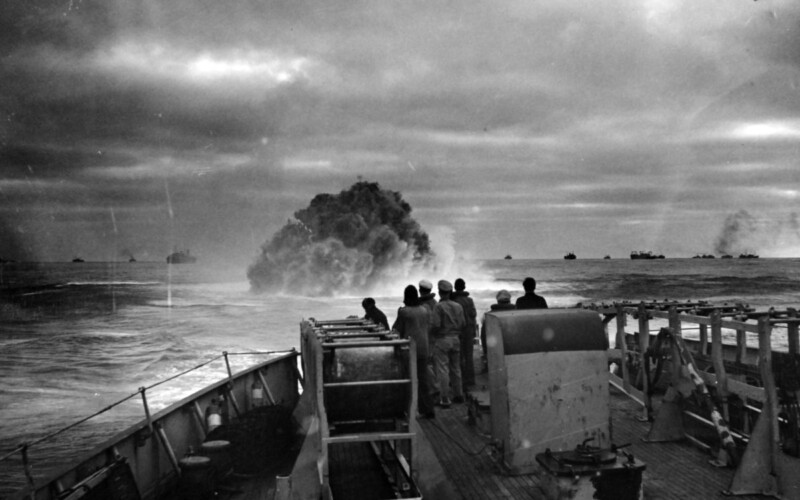
While developing our new tour about the World War II history of the Brooklyn Navy Yard, we encountered a fascinating – and largely untold – history of the oft-forgotten service …
Read more
